Situated at the northernmost tip of the Queen Charlotte Islands in British Columbia, Langara Island stands as one of the three prime, secluded destinations for fly-in saltwater fishing in the province, alongside Rivers Inlet and Hakai Pass. To access this remote angler's paradise, you'll need to take a resort-chartered plane from Vancouver's South Terminal, with Sandspit serving as your gateway. A short float plane trip from there opens the door to some of the world's best salmon fishing, where a colossal 72-pound chinook salmon topped the leader board in 1997.
-
The allure of Langara Island's winter fishing experience lies in its isolation. During this season, it becomes a rich feeding ground for chunky winter feeder chinook salmon, creating an angler's dream. However, it's essential to note that Langara resorts only operate during the summer months, which leaves fishing enthusiasts yearning for more.
-
In the summer, Langara Island retains its aura of remoteness, offering a unique fishing experience. As the first offshore landfall for salmon migrating towards their natal streams, Langara becomes a hub for various salmon species, including the abundant Fraser River sockeye, which can number up to 15,000,000 in a good year. With minimal angling pressure for eight months of the year, Langara's waters teem with trophy-sized bottom fish, including lingcod, halibut, red snapper, and 37 species of rockfish. This creates a paradise for avid anglers, with the added bonus of luxurious accommodations and the constant company of bald eagles and dolphins.
-
The annual cycle of salmon runs around Langara Island is a unique phenomenon. All five species of salmon—chinook, coho, sockeye, chum, and pink—can be found in the waters for most of the summer, which sets Langara apart from most other fishing locations.
-
From May 15 to June 15, you'll encounter lively 18-22 pound feeder and early migratory chinook salmon, and large 30-50 pound chinook can be caught throughout the summer until the lodges close in September. Coho, initially weighing 9-10 pounds, make their appearance at the end of June and continue to grow to 15-20 pounds during the July-September period. Chum salmon, often mistaken for coho, appear at the end of June and provide extreme sport with their fighting capabilities. Pink salmon, small and feisty at 4-8 pounds, are abundant during the July-September period, and Langara experiences their presence every summer.
-
Sockeye salmon peak in June and July but tend to migrate south to the Fraser River, covering a distance of 500 miles.
-
When it comes to fishing gear and techniques, bait is a primary choice. All area resorts use cutplug herring for salmon fishing, which is crucial because everything must be flown in by plane. The Langara spiral is a popular method, using medium-speed herring, sliced behind the gill plates on a double 45-degree slant, and a double sliding hook setup. For bottom fishing, whole herring rigged with large hooks and a stout rod are necessary.
-
Langara Island offers two distinct types of fisheries: surface fishing for salmon and structure-related fishing for bottom fish. While there are excellent fishing spots all around the island, Gunia Point and Cohoe Point are known hotspots. Gunia Point offers good structure for fishing in 50-75' water, and Marchand Reef, further up the Queen Charlotte Island shore, is renowned for producing large chinook. Cohoe Point is perfect for protected fishing and strong coho, pink, and chum fishing, influenced by tidal flow. Additionally, various bays and reefs near St. Margaret Point, Lacy Island, and Ocean Shoals offer opportunities for lingcod, red snapper, and halibut.
-
Langara Island presents a haven for fishing enthusiasts, with its remote location and abundance of salmon and bottom fish. Whether you're interested in winter or summer fishing, Langara Island promises an unforgettable angling experience in the heart of British Columbia's natural beauty.








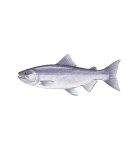








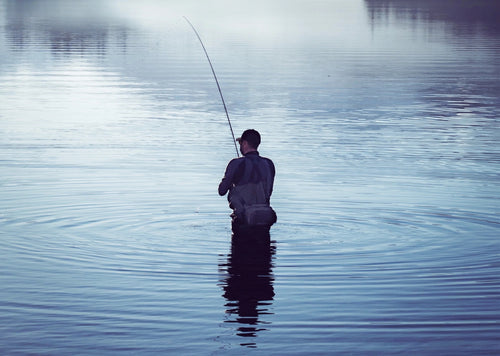
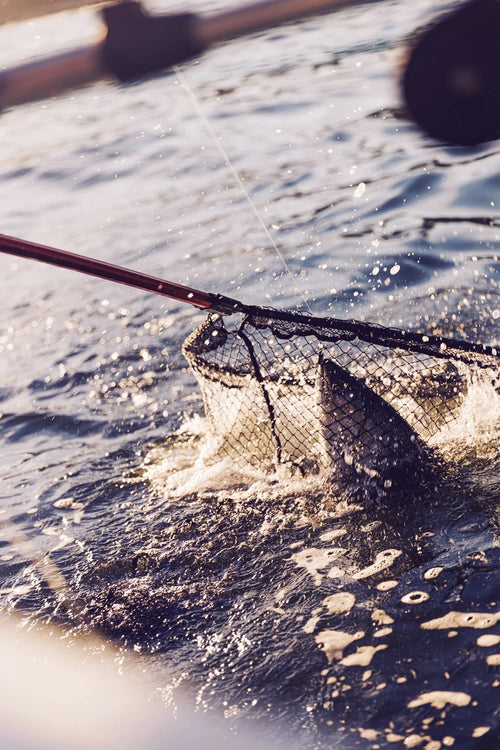





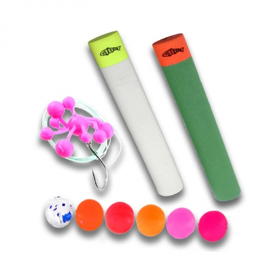










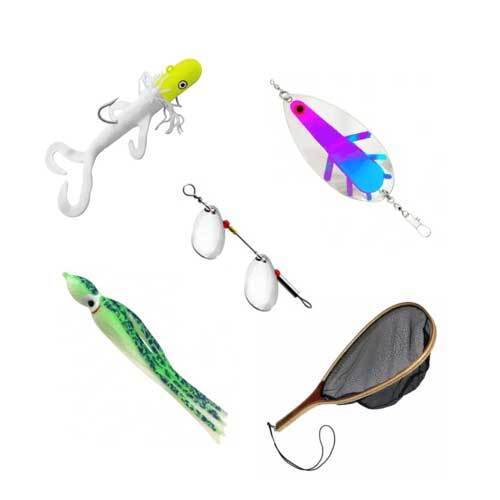



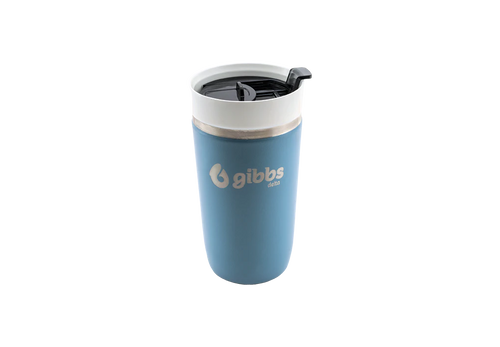





Leave a comment